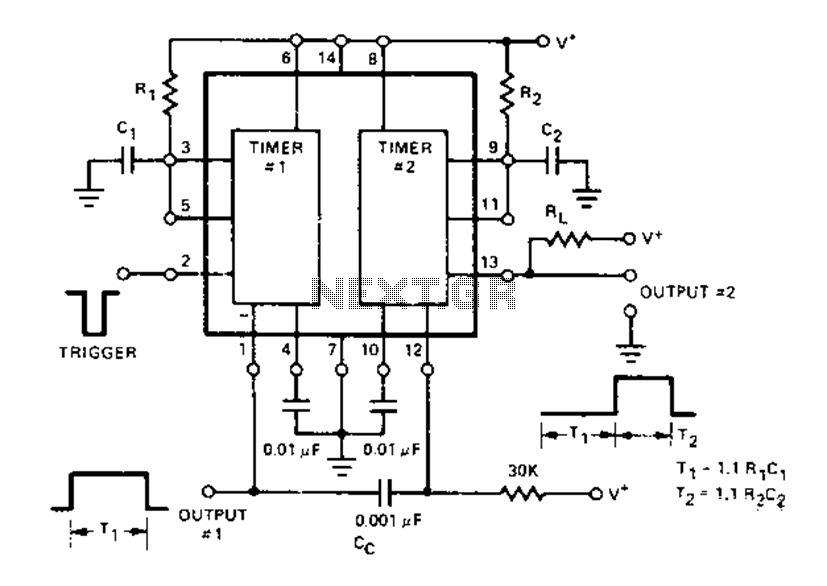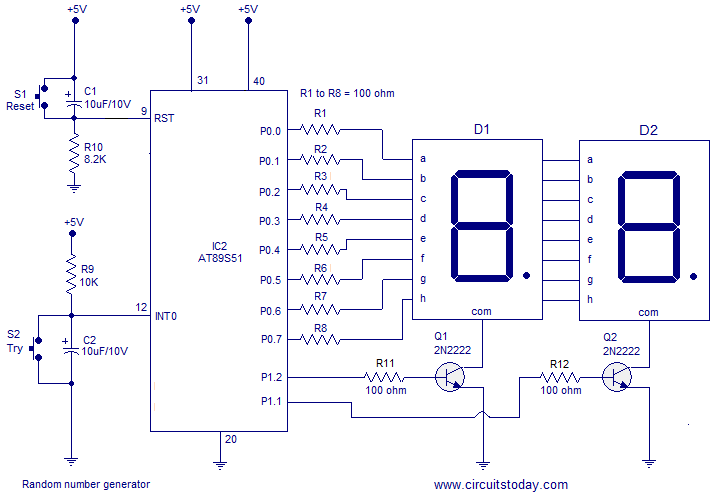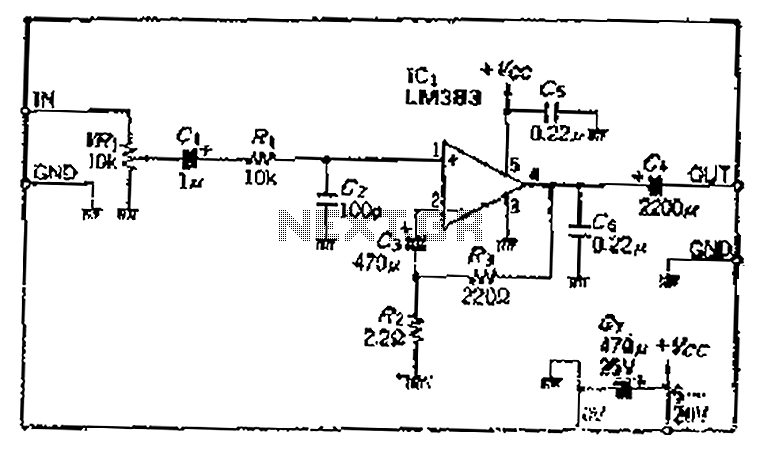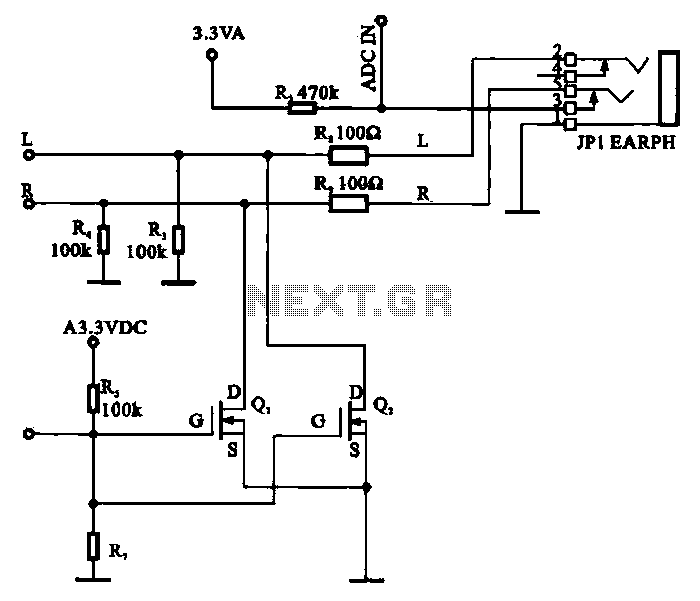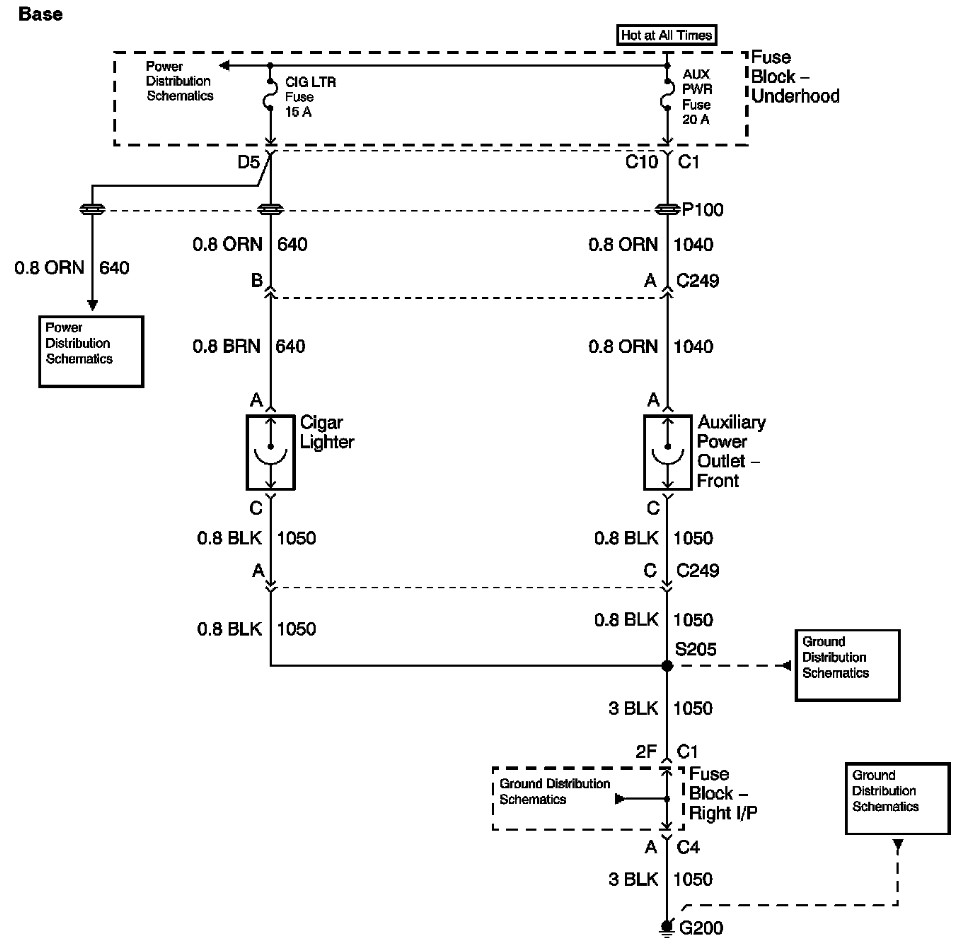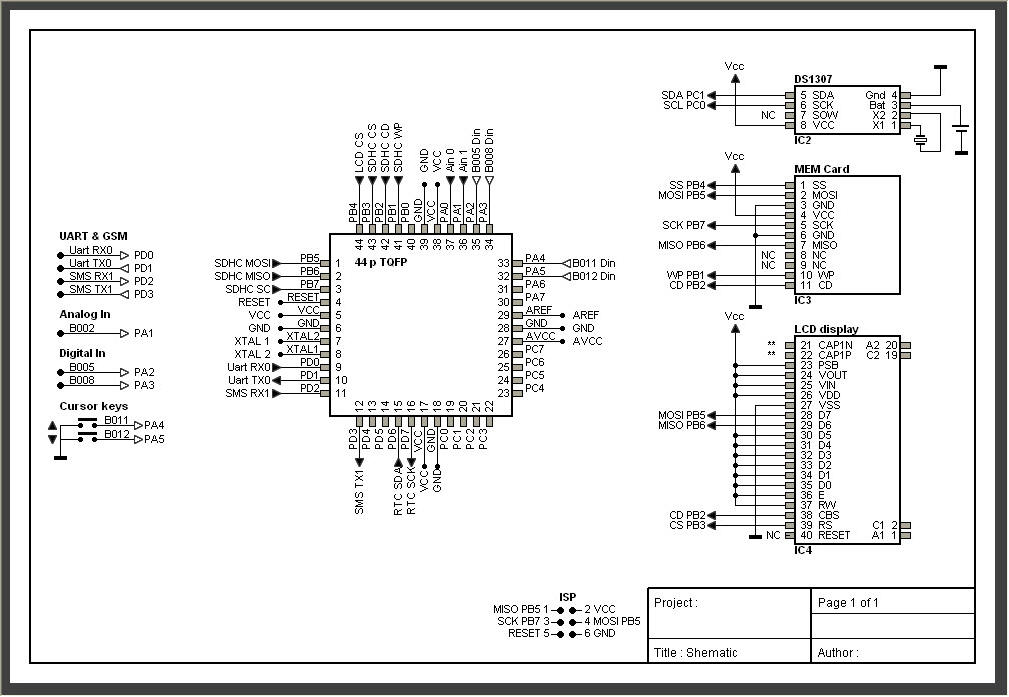
Equipment in use
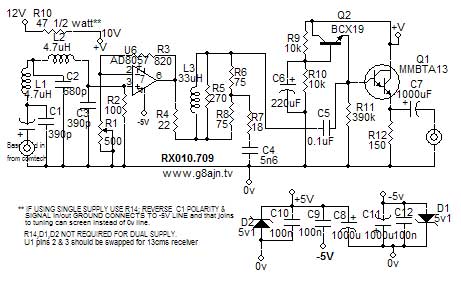
The Comtech has become the standard choice for individuals entering the Amateur TV scene. However, production may be coming to an end due to decreased demand for analog tuners and the obsolescence of the integrated circuits used. With the closure of the G1MFG website, there is limited information available regarding modifications and upgrades for these valuable devices. Efforts have been made to compile useful information and links to facilitate access to necessary details. This remains a work in progress with more information to be added. It is important to ensure that the Comtech modules have the correct pre-emphasis and de-emphasis settings, as the onboard C/R HF lift filter next to the preset is non-standard and should be bypassed. A standard pre-emphasis to CCIR 405 should be implemented. It is advisable to remove the original filter components on the receiver board and install CCIR 405 de-emphasis to the receiver; however, additional gain will be required to elevate the video level to 1 volt peak to adequately drive monitors. The original common base add-on board used on the MFG boards exhibited issues with field crushing and poor synchronization handling. A revised version utilizing a simple emitter follower is proposed and can be installed onto the original add-on board. Various versions of the board exist, with the latest incorporating a dual audio chip and a switching regulator IC, although the layout remains largely similar. The NE592 is a high-gain video amplifier designed for DVD laser output amplification. Its inherent non-linearity and steep bandwidth reduction at higher gains indicate that it operates near its limits when compensating for the losses of the de-emphasis circuit. The audio output from the Comtech is relatively low for most applications; thus, a simple line amplifier can provide sufficient boost to drive a monitor's audio stage. The circuit can operate from a 9-volt regulator, albeit with reduced gain, while a 12-volt DC input is recommended, with functionality extending up to 16 volts if desired. The center pin of the audio output socket on the Comtech can be cut, allowing for the insertion of the circuit on either side of the break. Incorporating the aforementioned modifications has yielded visible improvements in transmitted video quality, enhancing contrast range and eliminating the typical FM video appearance, resulting in a picture quality comparable to commercial off-air broadcasts, particularly when a proper Backlight Compensation (BLC) is included. Modifications to the transmitter are deemed essential, even if receiver modifications have not been performed. The capacitor and resistor (simple pre-emphasis) feeding the drive level preset should be removed and replaced with a link to improve synchronization and reduce high-frequency peaking, assuming proper pre-emphasis is utilized. For receiver modifications, if installed, the mod resistor on the TA8804 pin inside the can should be removed, and the filter components should be replaced with the standard CCIR de-emphasis circuit. This will necessitate an additional amplification stage with a BLC to compensate for attenuation, ensuring compatibility with other Amateur Television operators. A small board has been developed to fit atop the tuner can, replacing the video circuits entirely. On the transmitter module, the 1.5 µF capacitor is best managed by bridging it with a 0.47 µF 0805 SMD capacitor, which is the same size as the original 1 µF component. The pre-emphasis components adjacent to the preset should be bypassed. It has been observed that increasing the 1 µF capacitor can lead to frame droop, so it is advisable to retain it at 1 µF for most signals. The 10 nF capacitor can be more easily installed if placed on top of the 35 pF capacitor. If sound issues arise after performing the transmitter modifications, it is important to verify that the small 39 kΩ resistor has not been displaced and that there is no bridging between it and the adjacent small capacitor following the soldering of the 0.01 µF capacitor. A pulsing picture with intermittent frequency modulation may indicate further troubleshooting is required.The Comtech has become the de facto standard now for those entering the Amateur TV scene. Sadly the production may be coming to an end with the lower demand for analog tuners and the ICs used becoming obsolete. With the demise of the G1MFG website there is only a limited amount of information about modifying and upgrading these useful workhorses.
I have attempted to collect together the most useful information and links to make it easier for you to source the details you need. This is still `work in progress`, more to come. Remember that the Comtec modules have to have correct pre and de- emphasis added, the on-board C/R hf lift filter next to the preset are non standard and should be by-passed.
A regular pre-emphasis to CCIR 405 standard should be used. I recommend removing the original filter components on the receiver board and fitting CCIR405 de-emphasis to the receiver but extra gain will be needed afterwards to raise the video level to 1volt pk to drive monitors etc. The original common base addon board used on the MFG boards suffered from field crushing and generally poor sync handling.
A revised version using a simple emitter follower instead is shown below and can be fitted onto the original add-on board. There are a few different versions of the board with the latest ones having a dual audio chip and switching regulator IC, but otherwise the layout is very similar.
The NE592 is a high gain video amp that was designed for dvd laser output amplification. The built in non-linearity and sharp drop in bandwidth at higher gains means that it is working at full stretch trying to overcome the losses of the de-emphasis circuit. The audio level from the Comtech is rather low for most uses so a simple line amp like this one will give sufficient boost to feed a monitor audio stage.
It will run from the 9 volt regulator but with reduced gain. I use the 12v input dc, the circuit will work ok up to 16 volts if desired. I cut the centre pin of the audio output socket on the Comtech and fitted the circuit either side of the break. I have now incorporated the above mods into my gear. There is no question in my mind that there are visible improvements to be gained by the transmitter mods.
Not just getting rid of the poor l. f. response, but improving the contrast range, and really losing that `fm` video look and giving a picture as good as commercial off-air pictures, especially if a proper BLC is included. I believe that the mods to the transmitter are essential, even if you have not done the rx mods, but the capacitor and the resistor (simple pre-emphasis) feeding the drive level preset should be removed and a link inserted instead.
This helps by improving the syncs and reducing the hf peaking (assuming proper pre-emphasis is being used). The receiver mods. If fitted, the mod resistor onto the pin of the TA8804 inside the can should be removed and the filter components really need to be changed to the standard CCIR de-emphasis circuit which will mean an extra amplifying stage with a BLC to compensate for the attenuation, to ensure compatability with other ATVers.
I have been working on a small board (see below) that will fit on the top of the tuner can and replace the video circuits entirely. On the transmitter module the 1. 5uF capacitor is best managed by bridging the existing cap with a 0. 47uF 0805 SMD. (i. e. same size as the 1uF original). The pre-emphasis components to the right of the preset should be shorted out. I have found that some frame droop can be caused by increasing the 1uF, and I feel that it is best left as 1uF for most signals.
The 10nF is easier to fit if laid on top of the 35pF capacitor. If after doing the tx mods you get no sound, check that the tiny 39k resistor is not displaced and that there is not a bridge between it and the small cap to its side after soldering in the. 01mfd cap. A pulsing picture (on and off of frequency with some modulatio 🔗 External reference
I have attempted to collect together the most useful information and links to make it easier for you to source the details you need. This is still `work in progress`, more to come. Remember that the Comtec modules have to have correct pre and de- emphasis added, the on-board C/R hf lift filter next to the preset are non standard and should be by-passed.
A regular pre-emphasis to CCIR 405 standard should be used. I recommend removing the original filter components on the receiver board and fitting CCIR405 de-emphasis to the receiver but extra gain will be needed afterwards to raise the video level to 1volt pk to drive monitors etc. The original common base addon board used on the MFG boards suffered from field crushing and generally poor sync handling.
A revised version using a simple emitter follower instead is shown below and can be fitted onto the original add-on board. There are a few different versions of the board with the latest ones having a dual audio chip and switching regulator IC, but otherwise the layout is very similar.
The NE592 is a high gain video amp that was designed for dvd laser output amplification. The built in non-linearity and sharp drop in bandwidth at higher gains means that it is working at full stretch trying to overcome the losses of the de-emphasis circuit. The audio level from the Comtech is rather low for most uses so a simple line amp like this one will give sufficient boost to feed a monitor audio stage.
It will run from the 9 volt regulator but with reduced gain. I use the 12v input dc, the circuit will work ok up to 16 volts if desired. I cut the centre pin of the audio output socket on the Comtech and fitted the circuit either side of the break. I have now incorporated the above mods into my gear. There is no question in my mind that there are visible improvements to be gained by the transmitter mods.
Not just getting rid of the poor l. f. response, but improving the contrast range, and really losing that `fm` video look and giving a picture as good as commercial off-air pictures, especially if a proper BLC is included. I believe that the mods to the transmitter are essential, even if you have not done the rx mods, but the capacitor and the resistor (simple pre-emphasis) feeding the drive level preset should be removed and a link inserted instead.
This helps by improving the syncs and reducing the hf peaking (assuming proper pre-emphasis is being used). The receiver mods. If fitted, the mod resistor onto the pin of the TA8804 inside the can should be removed and the filter components really need to be changed to the standard CCIR de-emphasis circuit which will mean an extra amplifying stage with a BLC to compensate for the attenuation, to ensure compatability with other ATVers.
I have been working on a small board (see below) that will fit on the top of the tuner can and replace the video circuits entirely. On the transmitter module the 1. 5uF capacitor is best managed by bridging the existing cap with a 0. 47uF 0805 SMD. (i. e. same size as the 1uF original). The pre-emphasis components to the right of the preset should be shorted out. I have found that some frame droop can be caused by increasing the 1uF, and I feel that it is best left as 1uF for most signals.
The 10nF is easier to fit if laid on top of the 35pF capacitor. If after doing the tx mods you get no sound, check that the tiny 39k resistor is not displaced and that there is not a bridge between it and the small cap to its side after soldering in the. 01mfd cap. A pulsing picture (on and off of frequency with some modulatio 🔗 External reference
